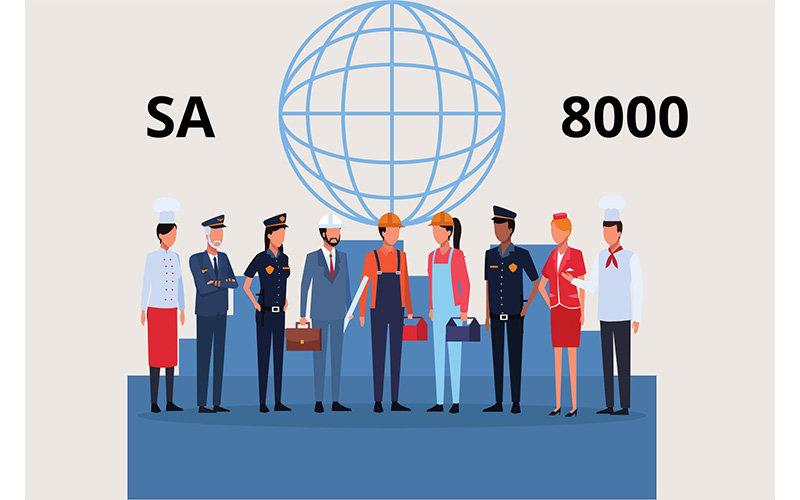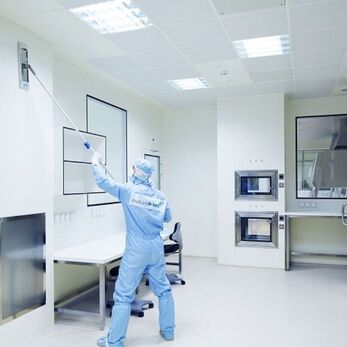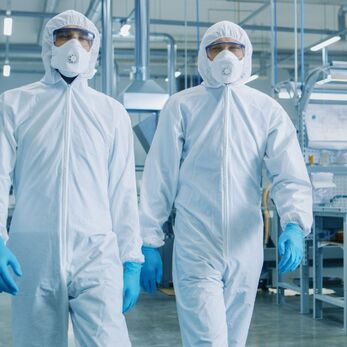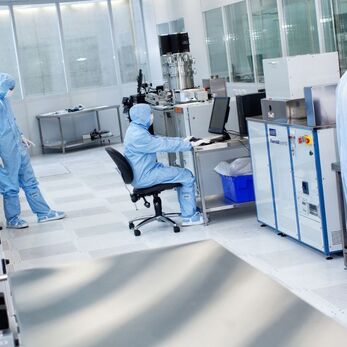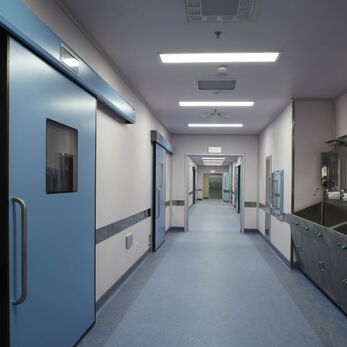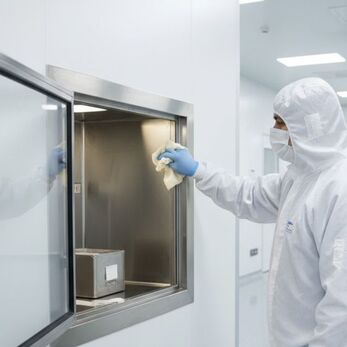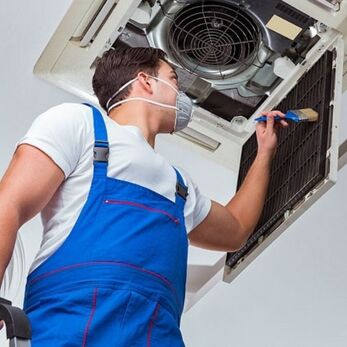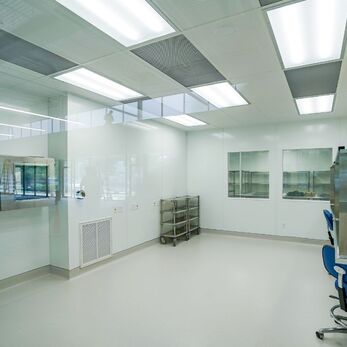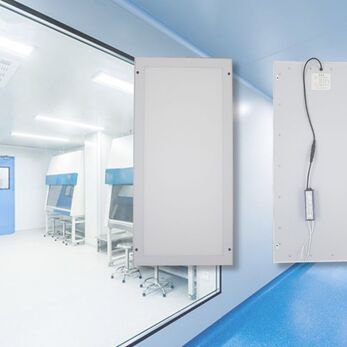What is SA 8000? SA 8000 Requirements for Businesses
SA 8000 is a system of social accountability standards designed to improve working conditions for employees.
SA 8000
What is SA 8000?
SA 8000 is a system of social accountability standards designed to improve working conditions for employees in businesses, farms, or offices, developed and monitored by Social Accountability International (SAI).

SA 8000 is built upon:
- The Universal Declaration of Human Rights
- The United Nations International Convention on the Rights of the Child
- Other conventions of the International Labor Organization (ILO)
SA 8000's users
Businesses of all models and sizes can apply SA 8000 standards:
- Private enterprises
- Non-profit organizations
- Government/non-governmental organizations

Versions of SA 8000
SA 8000 has three versions, released in 1997, 2008, and 2014, respectively.
Other social responsibility standards similar to SA 8000 include:
- ISO 26000 - Social Responsibility standard issued by ISO on November 1, 2010.
- BSCI - Business Social Compliance Initiative program.
- WRAP - Worldwide Responsible Accredited Production program.
How is SA 8000 certification necessary?
SA 8000 certification is essential not only to affirm a professional environment, ensure labor rights, and enhance long-term relationships between businesses and employees but also to attract high-quality labor resources and stimulate their self-awareness.
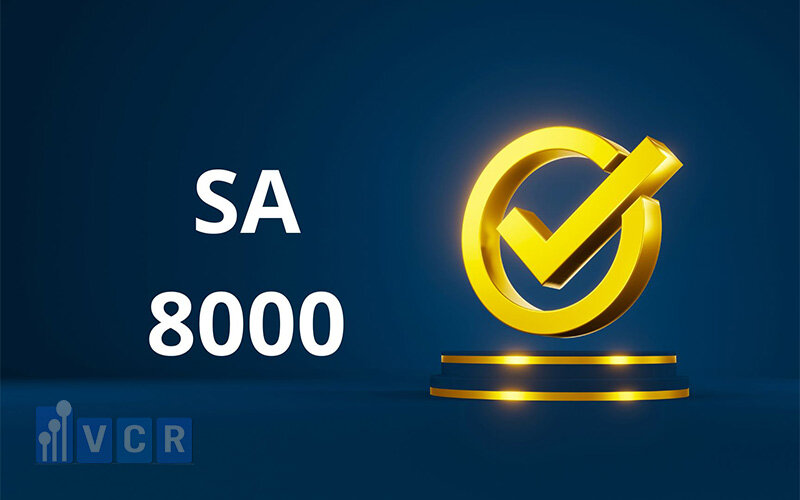
Businesses applying SA 8000 also aim to reduce the risks of workplace accidents and establish an efficient production and business process management system.
Moreover, businesses demonstrate social responsibility, affirming a reputable image in the eyes of consumers and business partners. Additionally, they seek business opportunities and expand into growing markets for products and organizations.
9 SA 8000 requires
SA 8000 requires several key elements to be implemented, including:
Child Labor Prohibition
Firms must not employ child labor, as defined by the International Labour Organization (ILO) conventions.
Forced Labor Prohibition
Forced labor is strictly prohibited, ensuring that employees work willingly and under proper conditions.

Health and Safety
Adequate health and safety measures must be in place to protect employees from workplace hazards.
Freedom of Association and Right to Collective Bargaining
Workers have the right to form unions and engage in collective bargaining.
Discrimination Prohibition
Discrimination in employment based on factors like race, gender, religion, and more is not allowed.
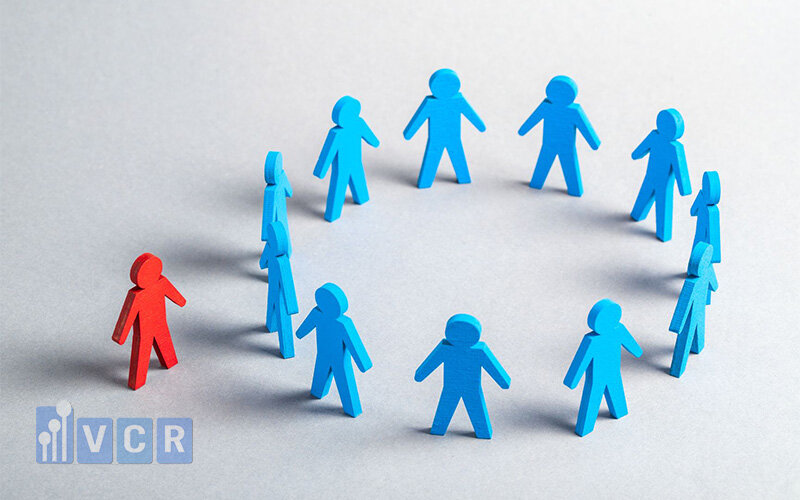
Disciplinary Practices
Disciplinary practices should be fair and not involve any physical or mental abuse.
Working Hours
Employers must comply with maximum working hour regulations and provide adequate rest periods.
Compensation
Workers should receive compensation that meets or exceeds the minimum wage and covers basic needs.

Management Systems
Companies must establish effective management systems to ensure compliance with these requirements.
SA 8000 is a comprehensive standard aimed at promoting social responsibility and ethical labor practices within organizations.
Benefits of SA 8000
- Building trust with customers by ensuring that products are created in a safe and fair labor environment.
- Reducing monitoring costs.
- Contributing to environmental protection and minimizing social issues.
- Affirming the reputation and credibility of the business based on SA 8000 assessment by certifying bodies and the company's improvement efforts.

The SA 8000 Certification Assessment Process
Below is a 6-step process for obtaining SA 8000 certification that businesses can refer to:
Step 1: Select an SA 8000 consulting firm.
Step 2: Depending on the company's scale, current conditions, and determination, the consulting firm will provide training activities, document preparation guidance, infrastructure improvement consultation, etc., to be carried out within 3 months to 1 year according to SA 8000 standards.
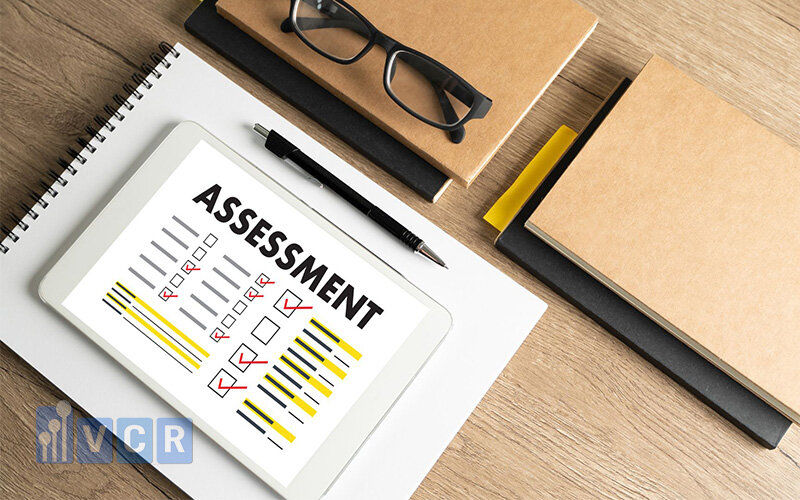
Step 3: Conduct an internal assessment.
Step 4: The consulting firm will accompany the company throughout the certification assessment process.
Step 5: Address any remaining issues (if applicable).
Step 6: The business receives the assessment report and maintains the SA 8000
system.
SA 8000 certification is valid for 3 years, and companies can choose to undergo a reevaluation at the end of the third year.
PN






